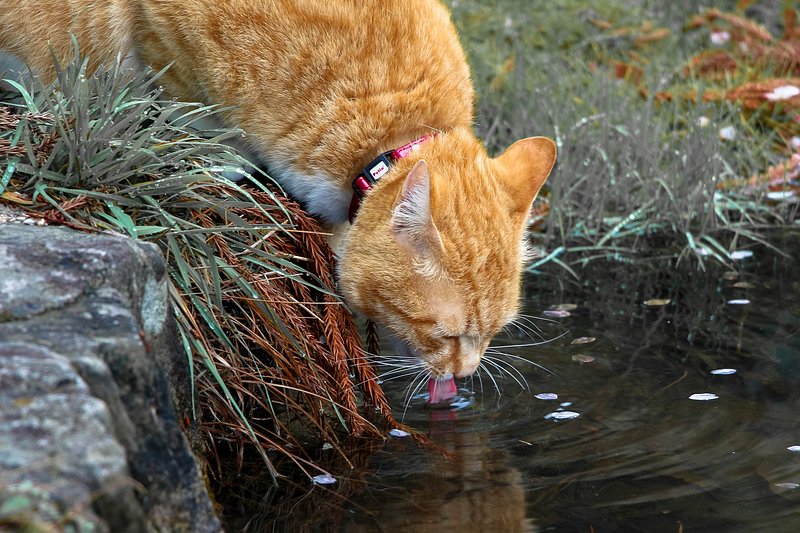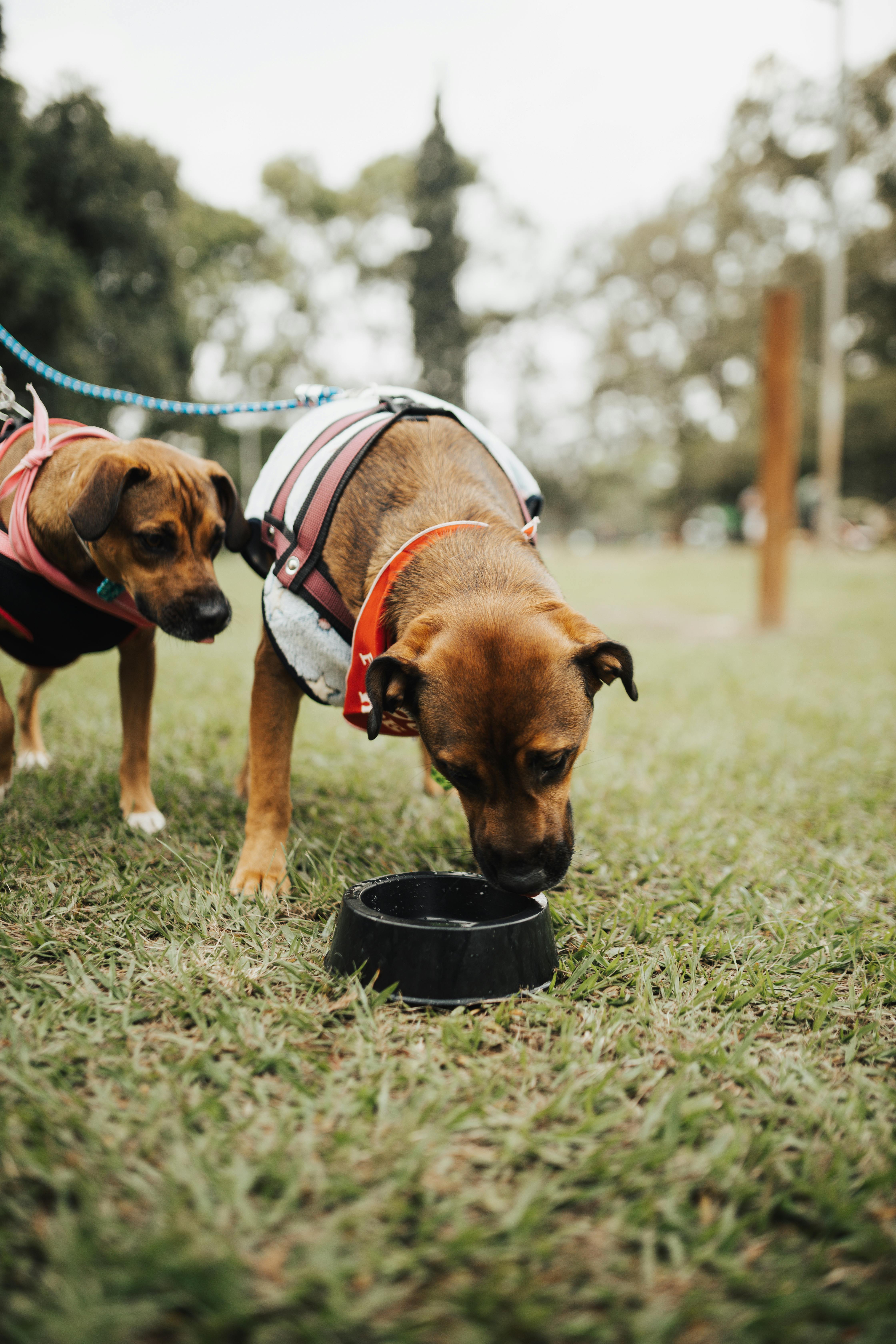I have been talking about water-borne diseases for a while now and the topic I am about to write on today is also related to water-borne illnesses. Giardia is the short form for Giardia duodenalis, the illness caused by Giardia is giardiasis. Giardia resides in the gut of humans and animals who have been infected, it happens to be the most common waterborne parasitic infection that affects humans and animals.
 [source](https://www.rawpixel.com/search/cat%20water?page=1&path=_topics&sort=curated)
[source](https://www.rawpixel.com/search/cat%20water?page=1&path=_topics&sort=curated)
From the brief explanation given above, we can already tell that it is a zoonotic disease that greatly affects humans worldwide, the infection is believed to come from animals and humans get it through the consumption of water and food that has previously been contaminated with the cysts of Giardia. Giardia is a common source of gastrointestinal disturbance worldwide. The animal reservoirs are believed to be ruminants, cats, dogs, and different species of wild animals.
Giardia infection is very common amongst cattle and pet animals, diary calves can excrete a high number of the cysts of Giardia, and the disease can significantly affect the economic importance of the animals. It is clinically characterized by weight loss, bloating, malabsorption, and diarrhea. Direct transmission of giardia is possible between infected cattle and their handlers, transmission is also possible indirectly through, an infected water pond.
Young animals are usually the primary source of infection, this infection is usually transmitted through an oral fecal route. A high rate of excretion amongst young animals usually leads to the contamination of the environment and infection through fomites. Cross-infection from other species is also strongly possible. The infectious dose of giardiasis is believed to be very little, as it is highly resistant to the environment, it can survive for up to 11 weeks in water, 7 weeks in soil, and 1 week in cattle feces, but it cannot survive in a freezing state. They are also resistant to chlorination, and extensive disinfection of the environment.
 ?auto=compress&cs=tinysrgb&w=1260&h=750&dpr=2
[source](https://www.pexels.com/photo/dogs-drinking-water-from-a-bowl-in-a-park-16652409/)
?auto=compress&cs=tinysrgb&w=1260&h=750&dpr=2
[source](https://www.pexels.com/photo/dogs-drinking-water-from-a-bowl-in-a-park-16652409/)
Age is a major determinant of infection in calves, it is believed that the rate of excretion is higher in all livestock amongst younger animals compared to older ones. Making sure that animals are kept away from water bodies while undergoing treatments will help prevent the spread of this infection through water surfaces. A giardia vaccine is also available for dogs and cats, but vaccination is not as important as preventing the occurrence of the disease.
We have repeatedly mentioned the spread of giardiasis through water bodies, but the spread is also possible through food. Salads and vegetables that are not properly washed or cooked have also been proven to be a great source of infection transmissionto humans, some will even be washed but in unsafe/unclean water. When the person handling food is not practicing good hygiene, then transmission is highly possible.
Most cases of giardiasis have happened sporadically, but there have also been recorded outbreaks, there have been about 132 outbreaks since 1954. Amongst these cases, 104 were related to drinking water, 18 to recreational water, and 10 to foreign travel.
A dog gets infected when it swallows the cysts stage of the giardiasis parasite, in a susceptible dog, once the cyst passes into the intestine of the dog, the trophozite gets transformed and attaches to the intestinal wall for feeding. With sufficient numbers being available, clinical signs that prove damage to the intestinal wall of the animal will begin to show up at this stage.
Trophozoites reproduce through division and some even transform into cystic form. After some time, the infection is passed through the stool where the reinfection of another animal is immediately possible. The time of ingestion to the transfer of cyst often takes 5-12 days in dogs, and 5-16 days in cats.
Clinical representations of the disease are foul-smelling diarrhea, chronic intermittent diarrhea, fatty stool, and weight loss.
References
 ?auto=compress&cs=tinysrgb&w=1260&h=750&dpr=2
[source](https://www.pexels.com/photo/dogs-drinking-water-from-a-bowl-in-a-park-16652409/)
?auto=compress&cs=tinysrgb&w=1260&h=750&dpr=2
[source](https://www.pexels.com/photo/dogs-drinking-water-from-a-bowl-in-a-park-16652409/)